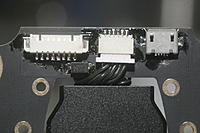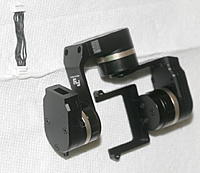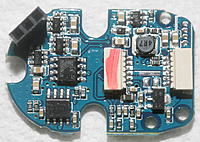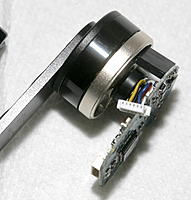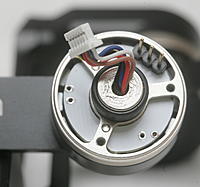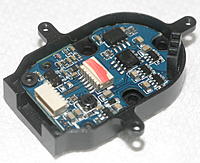Archive for March, 2016
Comments (3)
Add Comment
-
 Views: 177
Views: 177
"EDO" 64 megabytes, not gigabytes, kids. -
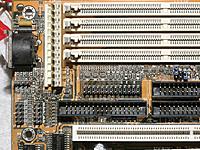 Views: 177
Views: 177
Only RS232 & parallel ports. 25 megabits/sec or 115200 bits/sec was all you got, with no power. None of this 5 gigabits with 900mA of charging power. -
 Views: 181
Views: 181
512kb of external cache. Still a formidable size to this day, but none of this on die nonsense & you had to access it through another chip . The manual showed 3232F as the 256kb model, so the 3264F was the 512kb model. -
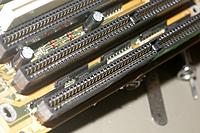 Views: 204
Views: 204
Ancient resistor packs. Still needed the old ISA if you wanted sound & it was a huge IRQ conflict with the PCI bus. ISA connectors are still used for embedded boards. -
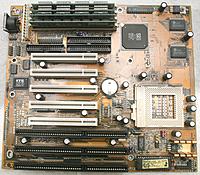 Views: 183
Views: 183
-
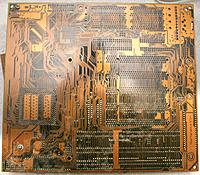 Views: 176
Views: 176
-
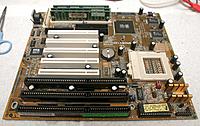 Views: 183
Views: 183
-
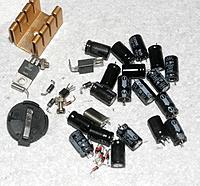 Views: 199
Views: 199
All that remaned, after a stormy night.
